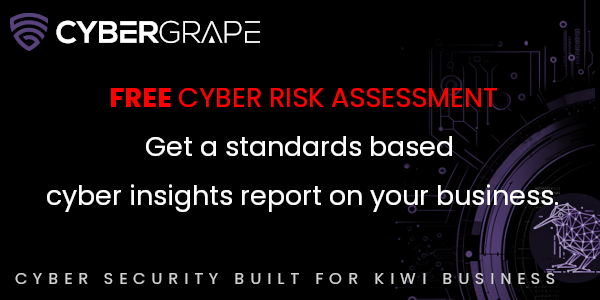
Just because we are living in an age of internet and digital dominance, doesn’t mean that branding is in its twilight years. Branding has never been about the paper. It has, and always will be, about you, regardless of the communication channels you use.
The sheer volume of communications that are made possible by digital media means there is now, more than ever, a need to stand out and differentiate yourself from the clutter – people’s perceptions of your personality and the value of what you offer are just as important but far more difficult to influence.
If (as claimed by some market research companies a few years ago) the average person is indeed bombarded with more than 4,000 marketing messages a day – which is perfectly feasible – then poor, average, mediocre and even good branding will not be enough to stand out from the crowd; it has to be relevant.
People who live in the city, or alongside a motorway, will report that eventually they no longer notice the noise. The same can be said for bad smells. The reason is that the mind focuses on priorities and filters out anything that is not essential – like your own built-in firewall.
The greater the frequency and types of media we are faced with (the level of noise), the more powerful the firewalls become. As a result, only relevant brands – that match your customer’s priorities – have any hope of finding their way through the filters.
As if the firewall challenge wasn’t enough, technology has given consumers the power to pick and choose what they will engage with – fast forward on television remotes and the ability to skip advertisements online, are just two examples.
So, what makes a brand relevant?
A relevant brand is not one that sells an attribute. A relevant brand is one that communicates your understanding of the customer’s challenges and needs, and which also offers them a solution.
For example, let’s say you’re selling fresh produce to people who are concerned about pesticides, contaminants and toxins in their food. They are concerned about their health and the environment. This is not so far-fetched when you consider the recent Fonterra botulism scare.
How do you communicate the normal things, like fresh and high quality (which good branding would do) while presenting yourself as ‘relevant’ to your target market’s needs and concerns e.g. organic, respectful of the environment and trustworthy?
A relevant brand:
- Is consistently ‘on message’ in its appearance and experience;
- It communicates an understanding of customer needs and concerns;
- It extends beyond a logo and a tagline all the way down to how you answer the telephone and the kind of cars you drive;
- It is about finding ways to relate to your customers beyond a sales message e.g. a content marketing campaign that informs and educates them about healthy food and sustainability;
- A relevant brand is a philosophy and practise that everybody in your organisation subscribes to;
- A relevant brand practises what you preach;
- A relevant brand evolves with its market.
When you have a moment, take a step back and have a really good look at your brand. Is it consistent in appearance and experience or has the market moved on with more compelling brand options?








